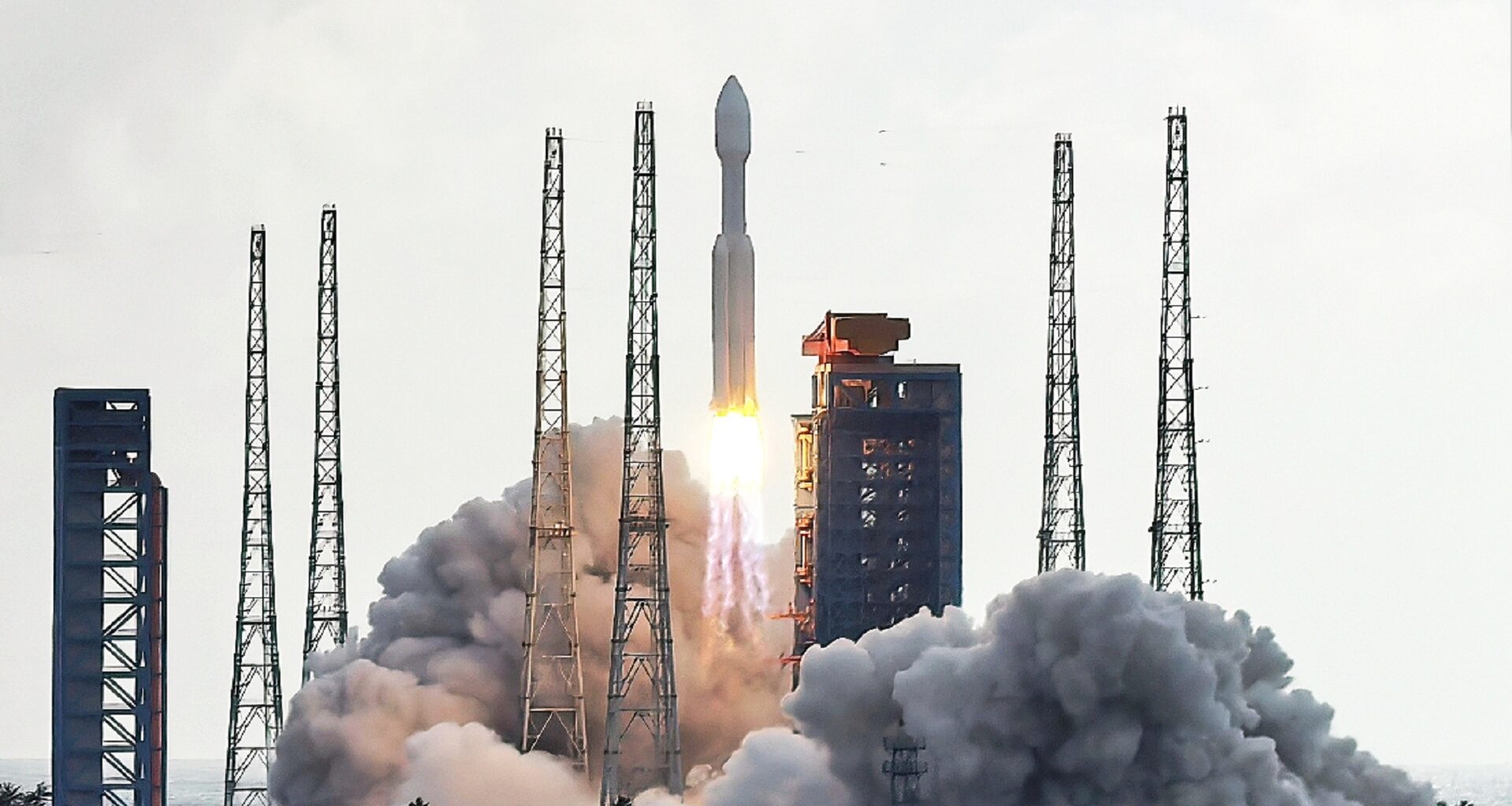China has achieved another milestone in marine science.
Its first satellite dedicated to ocean salinity detection has completed all in-orbit tests, paving the way for long-term operation and global data delivery.
Launched on November 14, 2024, aboard a Long March 4B rocket from the Taiyuan Satellite Launch Center in Shanxi Province, the Ocean-4 01 (also known as Haiyang-4 01) marks a major leap in space-based environmental monitoring.
The satellite entered a sun-synchronous orbit, allowing it to capture consistent, high-precision readings of ocean salinity levels, a key factor in understanding climate change and the Earth’s water cycle.
According to CGTN, “China’s first satellite dedicated to ocean salinity detection has passed all in-orbit tests, clearing the way for long-term use. It marks a major breakthrough for improving our understanding of how climate change impacts the marine environment.”
Developed under China’s national civil space infrastructure program, the mission supports the country’s goal of becoming a maritime power by enhancing its capability to monitor oceans from space.
Its successful deployment also marks the 545th flight of the Long March rocket series, highlighting China’s sustained launch reliability.
Filling a data gap
The Ocean-4 01 underwent a series of rigorous verifications, including payload activation, ground-space link establishment, and system calibration. “Results showed that all systems met or exceeded their design requirements,” reported Bastille Post.
By adding space-based salinity measurements to its growing fleet of Haiyang (Ocean) satellites, China has filled a significant gap in global ocean-observation capabilities.
The satellite’s microwave radiometer can detect subtle variations in sea-surface salinity, which is critical for studying ocean circulation, freshwater fluxes, and climate patterns.
Officials at the National Satellite Ocean Application Service (NSOAS) said the satellite strengthens China’s role in the United Nations Decade of Ocean Science for Sustainable Development, with plans to share data for international research collaborations.
Beyond the oceans
The Ocean-4 01’s reach extends beyond marine science. It also carries instruments capable of measuring soil moisture, supporting drought monitoring, agricultural assessment, and numerical weather forecasting.
This dual functionality makes it valuable for both climate and land applications, something few countries currently possess in a single platform.
The satellite’s global, high-precision salinity and soil data are expected to support research in marine environment protection, disaster prevention and mitigation, and climate modeling, offering what Chinese officials call “strong technical backing” for long-term environmental management.
Together with earlier ocean satellites in the Haiyang series, the Ocean-4 01 brings China closer to building an integrated global ocean and climate observation network.
Its success underscores how the country is increasingly positioning itself not just as a data user, but as a contributor to the world’s ocean science ecosystem.

